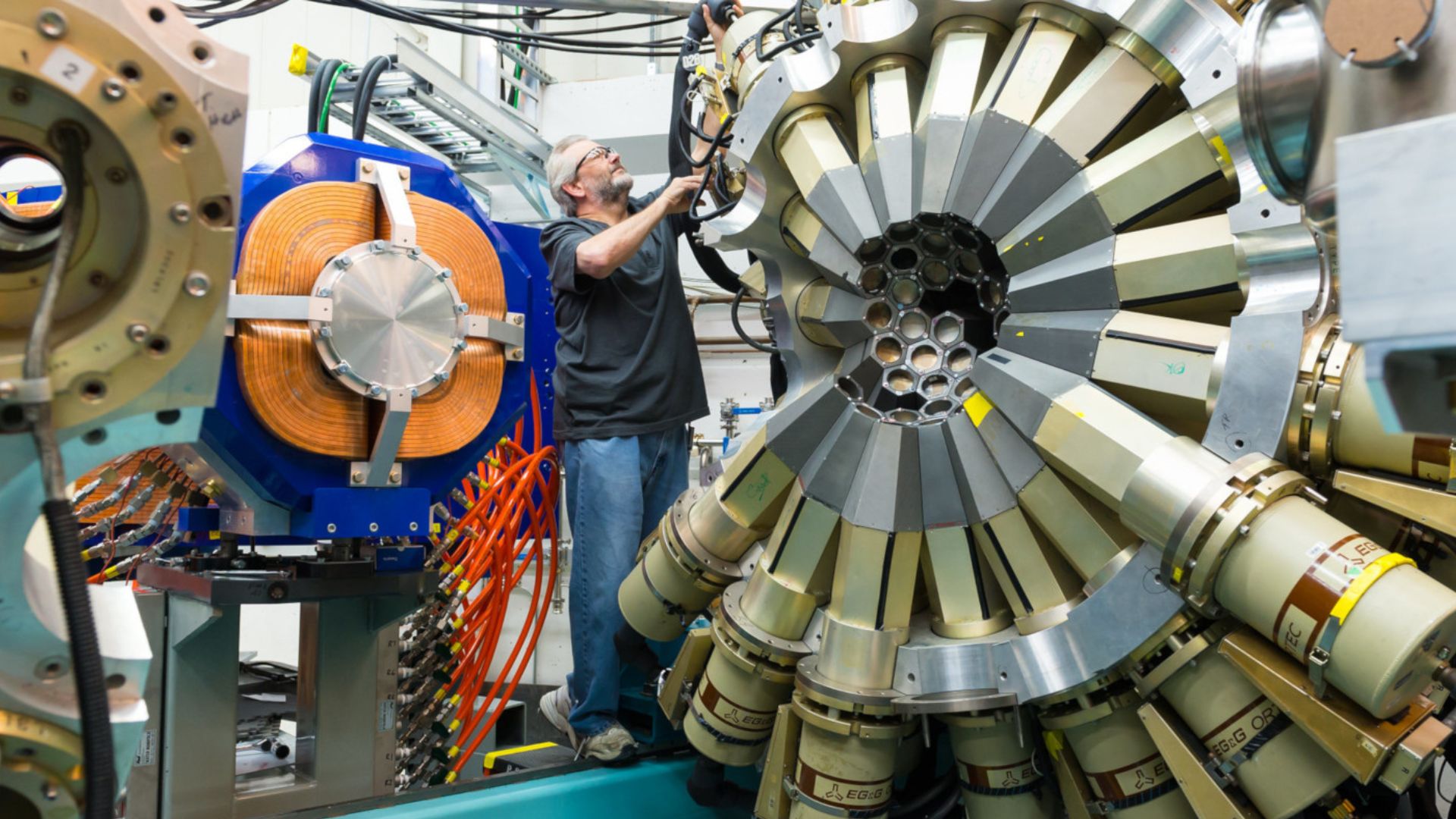Oxford images hydrogen defects in steel for safer aircraft, fusion

Source: interestingengineering
Author: @IntEngineering
Published: 9/9/2025
To read the full content, please visit the original article.
Read original articleResearchers from the University of Oxford and Brookhaven National Laboratory have conducted a pioneering real-time 3D imaging experiment to observe how hydrogen affects defects inside stainless steel. Using an ultra-bright X-ray beam and Bragg Coherent Diffraction Imaging at the Advanced Photon Source in the US, they tracked the behavior of dislocations—tiny internal defects—when exposed to hydrogen. The study revealed that hydrogen acts like an atomic-level lubricant, enabling defects to move and reshape more easily, causes unexpected upward movement (climb) of these defects, and reduces internal stress through a process termed hydrogen elastic shielding. These changes collectively weaken the metal, making it more brittle and vulnerable to failure.
This breakthrough provides critical insights into hydrogen embrittlement, a major challenge for the safe use of hydrogen as a clean energy source in sectors like aviation, nuclear fusion, and heavy-duty transport. By directly observing atomic-scale interactions non-destructively and in real time, the research offers new understanding that can improve multi-scale simulation models
Tags
energymaterials-sciencehydrogen-embrittlementstainless-steelnuclear-fusionclean-energymetal-defects